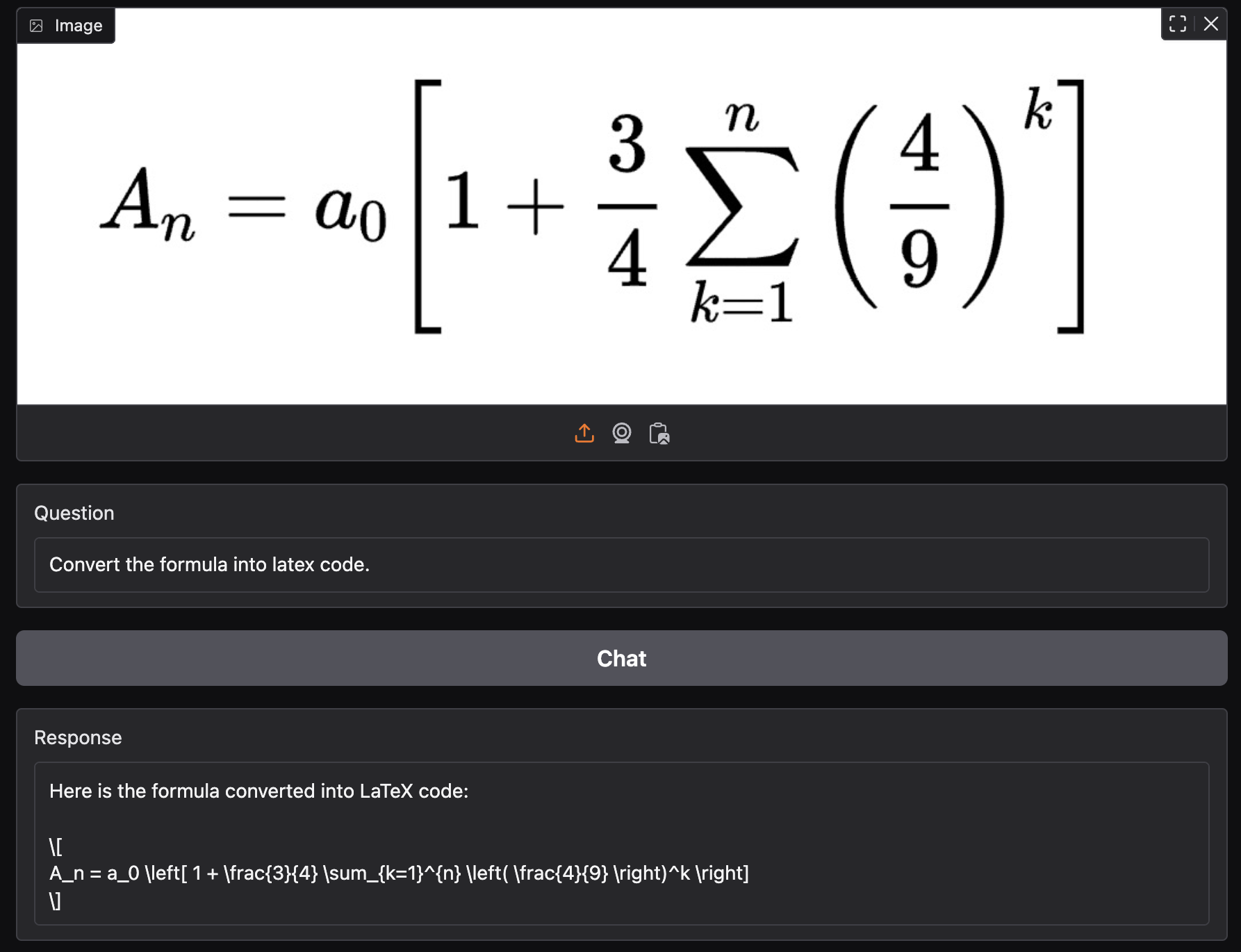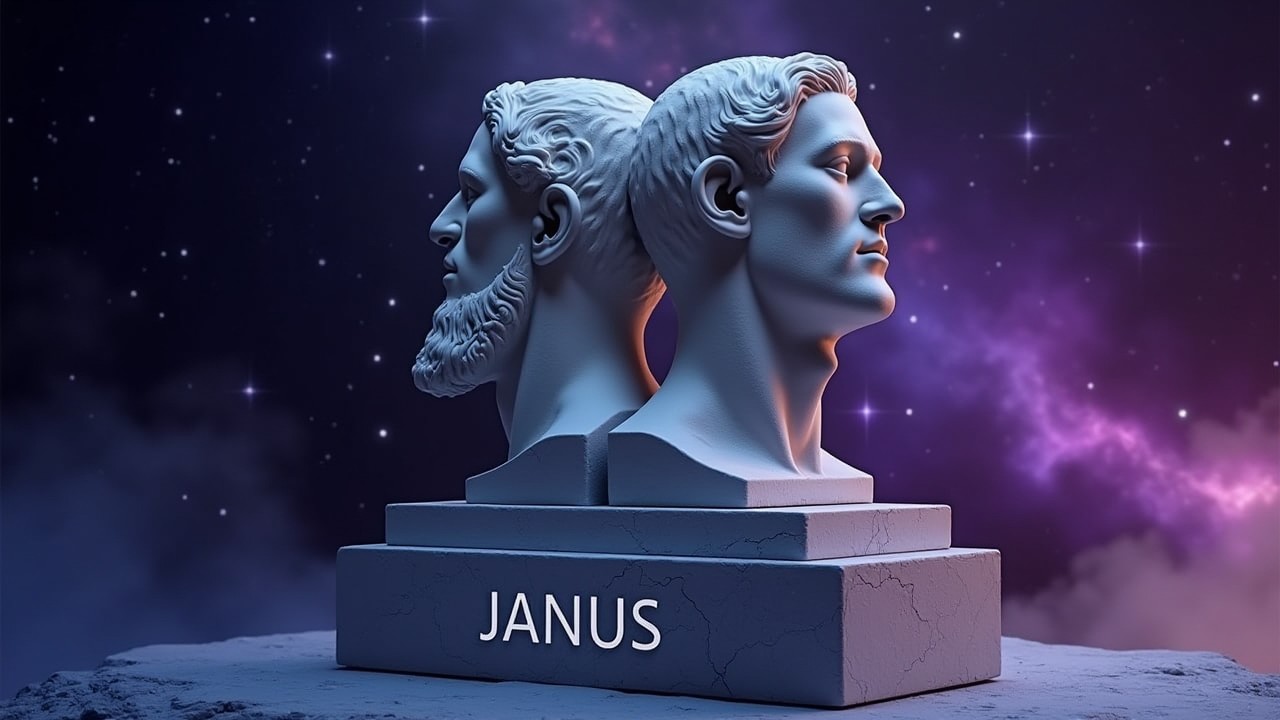DeepSeek Janus Models: Are They Worth The Hype? (+FLUX.1 Comparison)
DeepSeek has been making waves in the AI space, shaking up the industry with powerful reasoning models that rival tech giants at a fraction of the cost. However, not everyone knows they’ve also stepped into multimodal AI with the Janus model family. But does it live up to the hype? And how do its image generation capabilities compare to top contenders like FLUX.1? Let’s dive in!
Meet the Janus Family
DeepSeek’s Janus family consists of three distinct AI models: Janus, JanusFlow, and the flagship Janus-Pro. As mentioned, they are multimodal, meaning they can process and interpret multiple data types—specifically, text and images.
Moreover, It’s the first set of multimodal large language models (MLLMs) developed outside academia that is capable not only of visual comprehension, captioning, and analysis, but also of image generation.
The original Janus broke new ground with its decoupling visual encoding method. Think of it as having two separate pathways in the AI's brain. One is recognizing what it sees, and the other is creating new images. This separation is supposed to make it better at both tasks without them interfering with each other.
JanusFlow came next, bringing a major change to the image generation process. While Janus needed multiple steps to create an image, the “Flow” variant was made with the intention to streamline the process significantly.
The family's crown jewel, Janus-Pro, comes in two flavors: a nimble 1.5 billion parameter version for everyday tasks and a heavyweight 7 billion parameter variant for the most demanding applications. The main improvements include a smarter training approach, much more training data, and better overall performance in understanding and creating images.
How Smart Is Janus?
One of Janus’ standout abilities is processing complex visual information. The model family, especially the Pro variant, excels at visual question-answering—generating scene descriptions, recognizing text in images, and analyzing charts and diagrams.
Need LaTeX code from a formula? Janus has you covered. Want to break down a scientific figure? It can translate technical visuals into easy-to-understand insights. From extracting data points in charts to explaining technical drawings, its comprehension skills are solid.

DeepSeek Janus-Pro-7B
With its ability to interpret and analyze visual data, DeepSeek’s solution aims to be a valuable tool for tackling complex, detail-oriented tasks (as well as simple everyday requests, such as explaining memes).
Image Generation? Not Quite Janus' Forte
Janus might understand images well, but creating them? That’s another story. Users report that this model family, especially the base Janus model, produces results reminiscent of early AI image generators—think pre-Stable Diffusion 1.5, with distorted limbs and blurry faces.
.jpg)
.jpg)
.jpg)
Janus
JanusFlow
Janus-Pro-7B
Even if Janus produced flawless compositions, it’s still held back by a major limitation: resolution. All Janus models max out at 384x384 pixels. To put this in perspective, that's smaller than most social media profile pictures.
Even when upscaled, the results look noticeably low-res and lack the crispness needed for professional use (e.g., large-size printing). With such a small resolution, forget about creating picture-perfect artwork, book covers, tattoo designs, and images for social media posts or ads.
The Ultimate Face-Off: Janus-Pro vs FLUX.1 [dev]
As already evident, the hype related to DeepSeek’s text generation models shouldn’t really carry over to Janus models, as they’re still in the rudimentary stages (at least when it comes to image generation).
But, to really gauge the quality of these models’ output, let’s compare it to the current champion: FLUX.1. Right now, Black Forest Labs’ model family reigns supreme in the Text to Image world, overshadowing such big names as DALL-E and Midjourney. See how its [dev] variant stacks up against DeepSeek’s Janus-Pro-7B!
You can try out two variants of FLUX.1 ([dev] and [schnell]) right here in getimg.ai's AI Generator, and they won't cost you an arm and a leg. No high-level PC specs necessary!
Realistic Images
Let's start our DeepSeek vs FLUX.1 comparison with a common use case: realistic images, such as portraits and dynamic scenes with multiple characters.
Here's how Janus-Pro and FLUX.1 [dev] handled these kinds of prompts. Spoiler alert: the results are pretty telling.
- “Artistic 3/4 body shot, man in a casual yet elegant outfit, captured in mid-motion, as if turning towards the camera, soft, diffused natural light from a large window, blurred urban background, shot by Peter Lindbergh, Leica M10, 50mm lens at f/1.4, shallow depth of field, grainy, black and white, nostalgic, timeless”

.jpeg)
DeepSeek Janus-Pro-7B
FLUX.1 [dev]
- “Photorealistic, two flamenco dancers, a woman in a red and black polka dot dress, a man in traditional attire, intense expressions, a dimly lit tablao”
 (1).jpg)
.jpeg)
DeepSeek Janus-Pro-7B
FLUX.1 [dev]
Typography
Most AI image generators stumble when it comes to rendering text, with words often coming out as a jumbled mess. FLUX.1 is changing the game, but can Janus keep up? Let’s see.
- “Art Deco cinema marquee, "Now Showing: Metropolis," bold, geometric sans-serif font, illuminated with chasing light bulbs, black and gold color scheme, grand entrance”
.jpg)
.jpeg)
DeepSeek Janus-Pro-7B
FLUX.1 [dev]
- “Hand-painted graffiti on a brick wall, "Joe's Pizza," classic, slightly uneven lettering, red and white paint, faded and chipped, classic street scene, 8K, UHD”
.jpg)
.jpeg)
DeepSeek Janus-Pro-7B
FLUX.1 [dev]
AI Art
A strong general-purpose image generation model should be able to adapt to a wide range of artistic styles. Not just highly detailed realism, but also more stylized aesthetics like anime, pixel art, and digital painting. We’ve compared Janus and FLUX in that aspect as well.
- “16-bit pixel art, a knight in a shining golden armor, holding a sword, facing an angry, fire-breathing dragon, retro game style”
.jpg)
.jpeg)
DeepSeek Janus-Pro-7B
FLUX.1 [dev]
- “Shonen anime, a young boy with spiky blonde hair, training in a martial arts dojo, intense expression, detailed background”

.jpeg)
DeepSeek Janus-Pro-7B
FLUX.1 [dev]
Graphic Design
For graphic designers, AI tools can be a game-changer, streamlining workflows and speeding up the creative process. But speed alone isn’t enough—the results must meet professional standards. So, it’s time to put FLUX.1 and Janus to the test with some real-world design challenges!
- “logo, for a record store, a vinyl record, with a stylized sound wave, "Spin City," bold, rounded font, orange and black”
 (1).jpg)
.jpeg)
DeepSeek Janus-Pro-7B
FLUX.1 [dev]
- “Fleece-lined dark blue pullover hoodie design. On the front: a small, embroidered snowflake on the left chest. On the back: a large, detailed illustration of a snowy mountain landscape, with pine trees and a frozen lake”
.jpg)
.jpeg)
DeepSeek Janus-Pro-7B
FLUX.1 [dev]
Don’t Write DeepSeek Off Yet
Despite current limitations, DeepSeek shouldn't be underestimated. Their track record of innovation is impressive—they've already disrupted the AI landscape with text models that achieve remarkable results using fewer resources than their main competition.
The Janus family represents their first step into multimodal AI, and it's already showing promise (mainly when it comes to processing visual information). Ultimately, the competition between different models benefits everyone, pushing the boundaries of what's possible in AI image generation.
For now, if you're specifically looking for high-quality image generation, FLUX.1 models remain the much stronger choice. Head to our Image Generator and try the [ultra], [dev] and [schnell] variants today!
Read our article explaining what is FLUX.1 to learn more about this cutting-edge model.
However, the rapid evolution of AI means today’s underdog could be tomorrow’s champion. Rest assured that we're continuously monitoring developments in the image generation space and are always ready to embrace and implement new advances. Stay tuned—we’ll be here to bring you the best solutions as they emerge!

